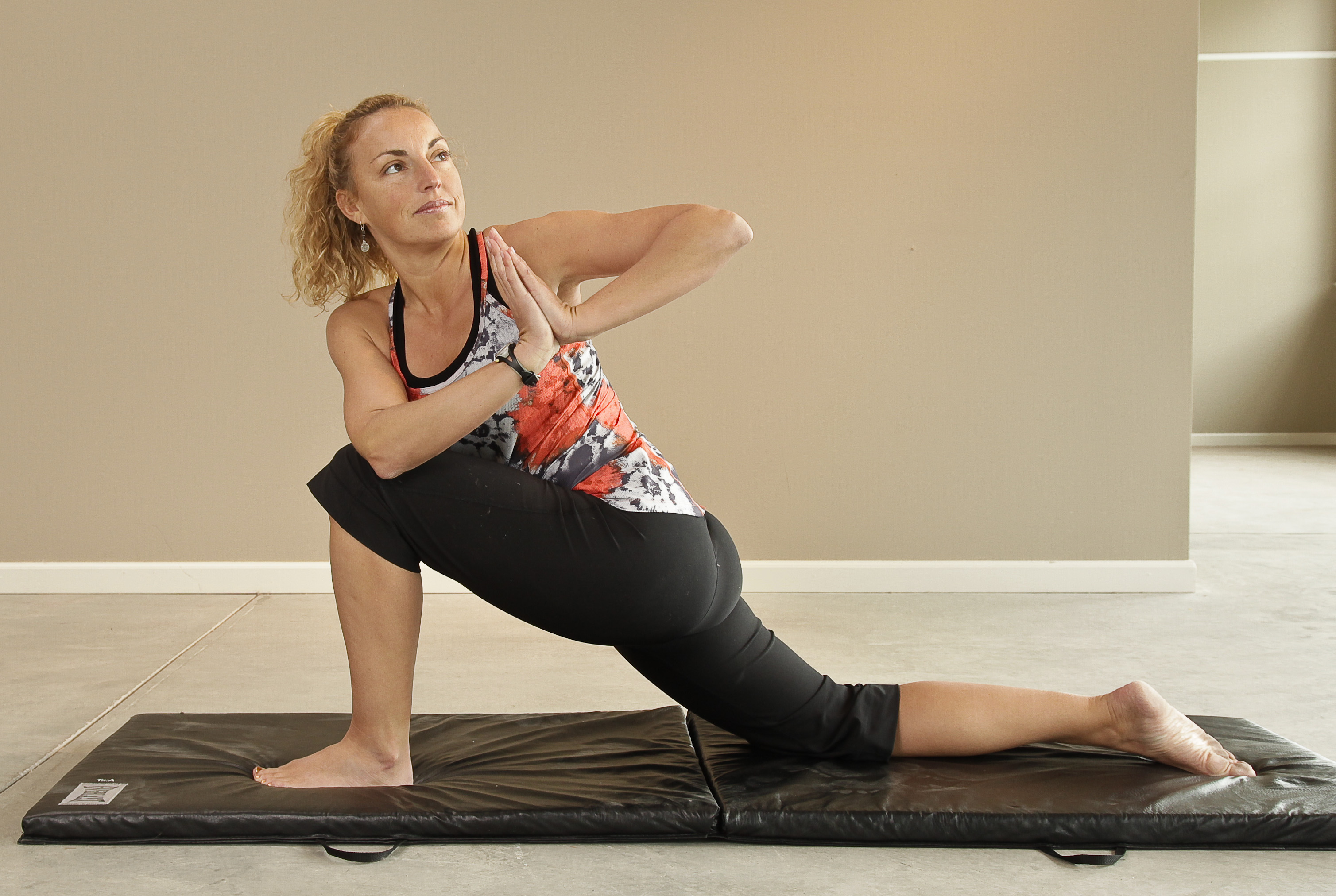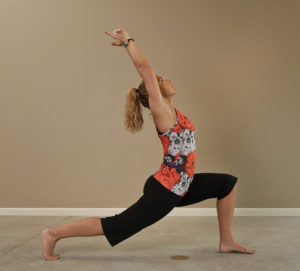Mobility vs. Flexibility

The critical importance of mobility and flexibility to overall health is gaining greater traction in the fitness, training, and physical therapy communities. However, many people are confused about the difference between mobility and flexibility.
Flexibility refers to the ability of soft tissues such as muscle, fascia, ligaments, and tendons to passively stretch and lengthen.
Mobility is related to the joint and its ability to actively move through its full range of motion.
They both impact each other. If your soft tissue is tight and rigid, it will impact your mobility. If you have poor mobility, it can lead to chronic tightness. Flexibility is one part of mobility, but strength, coordination, balance and kinesthetic awareness also impact mobility.
In addition, as we get older, we tend to get tighter. Our connective tissue becomes more rigid and that affects our mobility and can restrict movement and increase aches and pains throughout our body.
Increase Mobility and Flexibility:
Improving Mobility:
Move your body every day. Remember that motion is lotion and if you’re feeling stiff, you need to move.
Participate in a variety of different types of movements that take your body through different planes and actions.
Consider all your major joints and take them through full, pain-free movement.
Integrate full body movements in 3D motions.
To lengthen one part of the body, strengthen the opposing muscle group. Mobility training should involve muscle work to support the lengthened position.
Improving Flexibility:
Try to relax into a stretch allowing the tissues to release and lengthen.
Hold the stretch for an extended period, relaxing for 30 seconds or more.
If you are very tight, use gentle forms of stretching such as wall stretching.
Try to stretch the front, side and back of your body.
Incorporate stretches that lengthen your body from the top to the bottom simultaneously.
Flexibility training should feel passive and gentle with minimal work involved. Active flexibility is typically mobility work.
Depending on the type of class, Yoga typically involves both mobility and flexibility. For example, working through a series of flowing Vinyasa poses will improve your mobility, while holding pigeon pose for 2 minutes will improve your flexibility.
Yours in health & fitness,
Sherri McMillan






